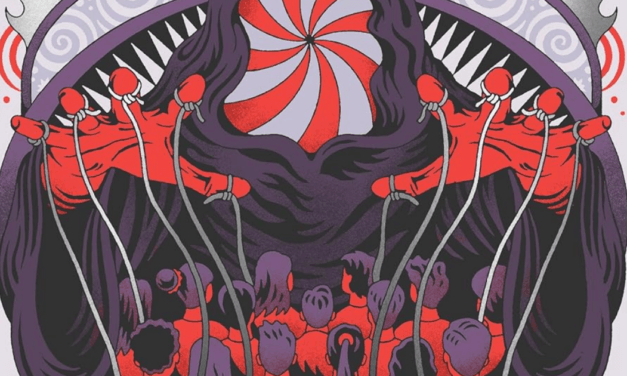This review first appeared in the Christian Research Journal, volume 11, number 2 (Fall 1988). For more information about the Christian Research Journal, click here.
Review of
Riders of the Cosmic Circuit
Tal Brooke
(Lion Publishing, 1986)
Although it has sold well in Europe, Tal Brooke’s Riders of the Cosmic Circuit has thus far not received the attention it deserves in America. This is a shame, since among the spate of recent books dealing with New Age themes, Brooke’s Riders is one that stands out — for several reasons.
First, Brooke gets right to the heart of the matter. At the heart of the New Age movement is the phenomenon of mystical/occult experience, and, resulting from that, the quest for a permanent and complete state of mystical “Enlightenment.” Brooke presents case studies of three Indian “super gurus” who have probably been more widely regarded by New Agers as being enlightened than any other spiritual leaders of our time: the legendary Sai Baha, the notorious Bhagwan Shree Rajneesh, and the recently deceased “power yogi,” Swami Muktananda.
Brooke provides interesting background concerning each of these “riders” spiritual odysseys. Culminating in what he terms the “Explosion” point, in which Enlightenment is achieved. He demonstrates that in each case the attainment of such a state required a deliberate annihilation of conscience and morality. Thus, by highlighting the evil that predictably concentrates in the most advanced cases of “Enlightenment,” Brooke brings into focus what New Age spirituality ultimately holds for the individual as well as society.
Second, Brooke writes with the authority and insight of one who has been there, both externally and internally. Externally, in India during 1969-71 he served in the inner circle of Sai Baba — his most privileged Western disciple. Internally, he himself had journeyed far on the mystical path, reaching the very threshold of Enlightenment (where he was continually kept back by encountering something “unbelievably sinister to my deepest feeling”).
A third quality which distinguishes Riders is that it is written for the unbeliever, in secular style, as few Christian books have been. Thus, its chief value lies in its utility as a book to give non-Christians who are on the mystical path. While most Christian books would alienate them, this one will most likely intrigue them.
The book also offers insight to Christian readers. A particularly provocative feature is its profound analysis of the Enlightenment experience. The author probes deeply into its spiritual nature and potential eschatological significance.
Brooke seeks for patterns in mysticism and witchcraft which correspond with the biblical portrayal of cosmic history. When this approach succeeds, as with his analysis of Enlightenment, it can be very helpful. But it also runs a risk of oversimplification: ignoring huge differences; assuming more commonality than the facts warrant; building one’s case partly on speculation, hearsay, or inadequate/inaccurate documentation. Unfortunately, the strength of the final two chapters is needlessly watered down by such excesses. For example, as possible evidence of a Luciferian conspiracy to enthrone the Antichrist, Lucis Trust (founded by Alice Bailey) is credited with placing a newspaper ad for the New Age “Christ.” In fact. Lucis Trust denounced the ad, which was placed by the Tara Center.
Although it would have been even better with more careful and critical research, Riders of the Cosmic Circuit is still one of the few Christian books on Eastern/New Age mysticism that this reviewer considers must reading. — Elliot Miller








